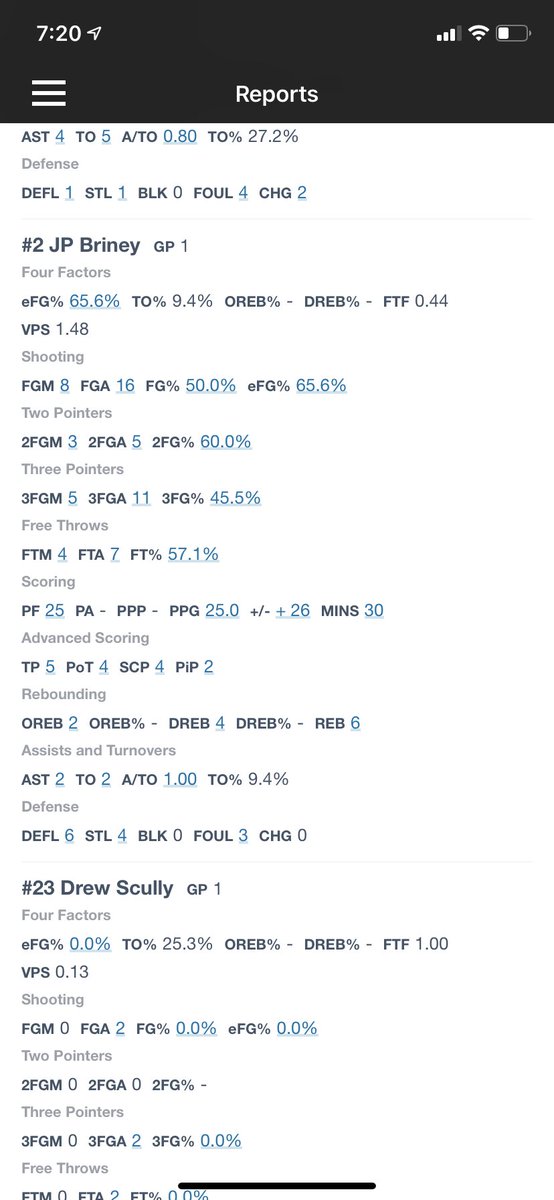
An expansion, extension, or increase in the gross floor area of a building or facility.Īdministrative Authority. The ability of certain building spaces and elements, such as kitchen counters, sinks, and grab bars, to be added or altered so as to accommodate the needs of individuals with or without disabilities or to accommodate the needs of persons with different types or degrees of disability.Īddition. Space that complies with these guidelines.Īdaptability. Exterior accessible routes may include parking access aisles, curb ramps, crosswalks at vehicular ways, walks, ramps, and lifts.Īccessible Space. Interior accessible routes may include corridors, floors, ramps, elevators, lifts, and clear floor space at fixtures. A continuous unobstructed path connecting all accessible elements and spaces of a building or facility. An element specified by these guidelines (for example, telephone, controls, and the like).Īccessible Route. Describes a site, building, facility, or portion thereof that complies with these guidelines.Īccessible Element. An accessible pedestrian space between elements, such as parking spaces, seating, and desks, that provides clearances appropriate for use of the elements.Īccessible. Denotes an advisory specification or recommendation.Īccess Aisle.

Denotes a mandatory specification or requirement. Denotes a specification that applies only when the conditions described are present. Meet one or more specifications of these guidelines. In the Appendix, the corresponding paragraph numbers are preceded by an A.Ĭomply with. Paragraphs marked with an asterisk have related, nonmandatory material in the Appendix. Additional information, explanations, and advisory materials are located in the Appendix. The text of these guidelines does not contain notes or footnotes. All dimensions are subject to conventional building industry tolerances for field conditions.ģ.3 Notes. Dimensions that are not marked minimum or maximum are absolute, unless otherwise indicated in the text or captions.ģ.2 Dimensional Tolerances. Graphic conventions are shown in Table 1. MISCELLANEOUS INSTRUCTIONS AND DEFINITIONS.ģ.1 Graphic Conventions. Departures from particular technical and scoping requirements of this guideline by the use of other designs and technologies are permitted where the alternative designs and technologies used will provide substantially equivalent or greater access to and usability of the facility.ģ. The specifications in these guidelines are based upon adult dimensions and anthropometrics.Ģ.2* Equivalent Facilitation. Copies of the standard may be purchased from the American National Standards Institute at 1430 Broadway, New York, New York 10018.Ģ.1 Provisions for Adults. The illustrations and text of ANSI A117.1 are reproduced with permission from the American National Standards Institute. However, sections 4.1.1 through 4.1.7 and sections 5 through 10 are different from ANSI A117.1 in their entirety and are printed in standard type. The technical specifications 4.2 through 4.35, of these guidelines are the same as those of the American National Standard Institute's document A117.1-1980, except as noted in this text by italics.

These guidelines are to be applied during the design, construction, and alteration of such buildings and facilities to the extent required by regulations issued by Federal agencies, including the Department of Justice, under the Americans with Disabilities Act of 1990. This document sets guidelines for accessibility to places of public accommodation and commercial facilities by individuals with disabilities. Ĥ.32 Fixed or Built-in Seating and Tables. Ĥ.26 Handrails, Grab Bars, and Tub and Shower Seats. Ĥ.23 Bathrooms, Bathing Facilities, and Shower Rooms. Ĥ.15 Drinking Fountains and Water Coolers. Ĥ.1.5 Accessible Buildings: Additions.Ĥ.1.6 Accessible Buildings: Alterations.Ĥ.1.7 Accessible Buildings: Historic Preservation.Ĥ.2 Space Allowance and Reach Ranges.

Ĥ.1.2 Accessible Sites and Exterior Facilities: New Construction.Ĥ.1.3 Accessible Buildings: New Construction. ACCESSIBLE ELEMENTS AND SPACES: SCOPE AND TECHNICAL REQUIREMENTS. MISCELLANEOUS INSTRUCTIONS AND DEFINITIONS. Skip Table of Contents || 1991 ADA Standards for Accessible Design (PDF)Īppendix A to Part 36 - Standards for Accessible DesignĪDA ACCESSIBILITY GUIDELINES FOR BUILDINGS AND FACILITIESġ. The Department´s 2010 ADA Standards for Accessible Design were published Septemand became effective on March 15, 2012. The 1991 Standards for Accessible Design were in effect for new construction and alterations until March 14, 2012. Note: Appendix A to Part 36 - Standards for Accessible Design, from the Department´s 1991 title III ADA regulation published July 26, 1991.


 0 kommentar(er)
0 kommentar(er)
